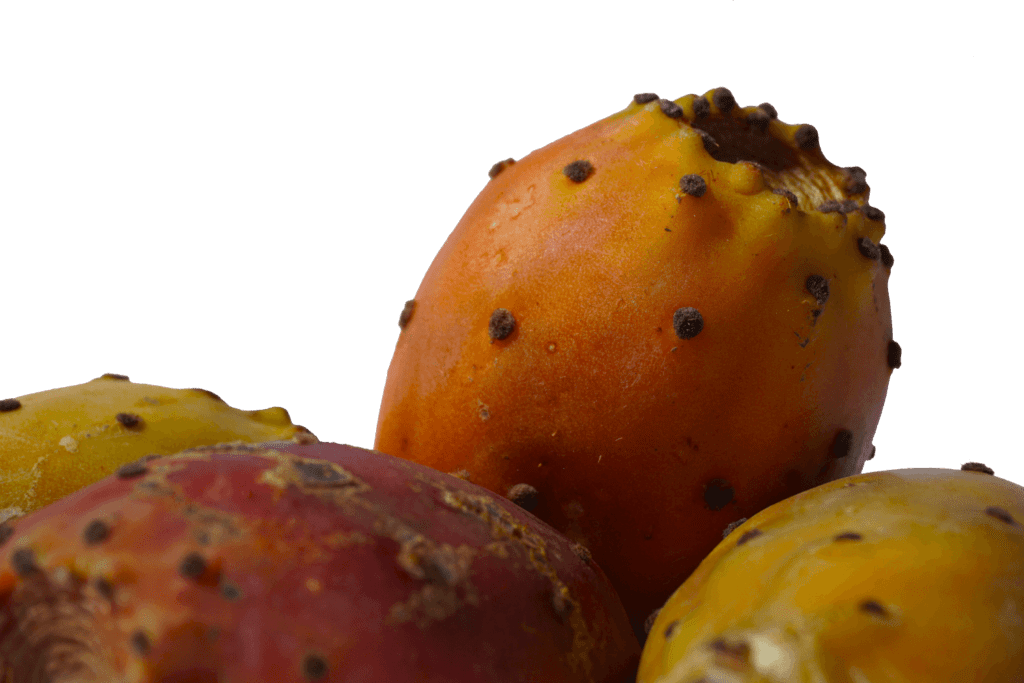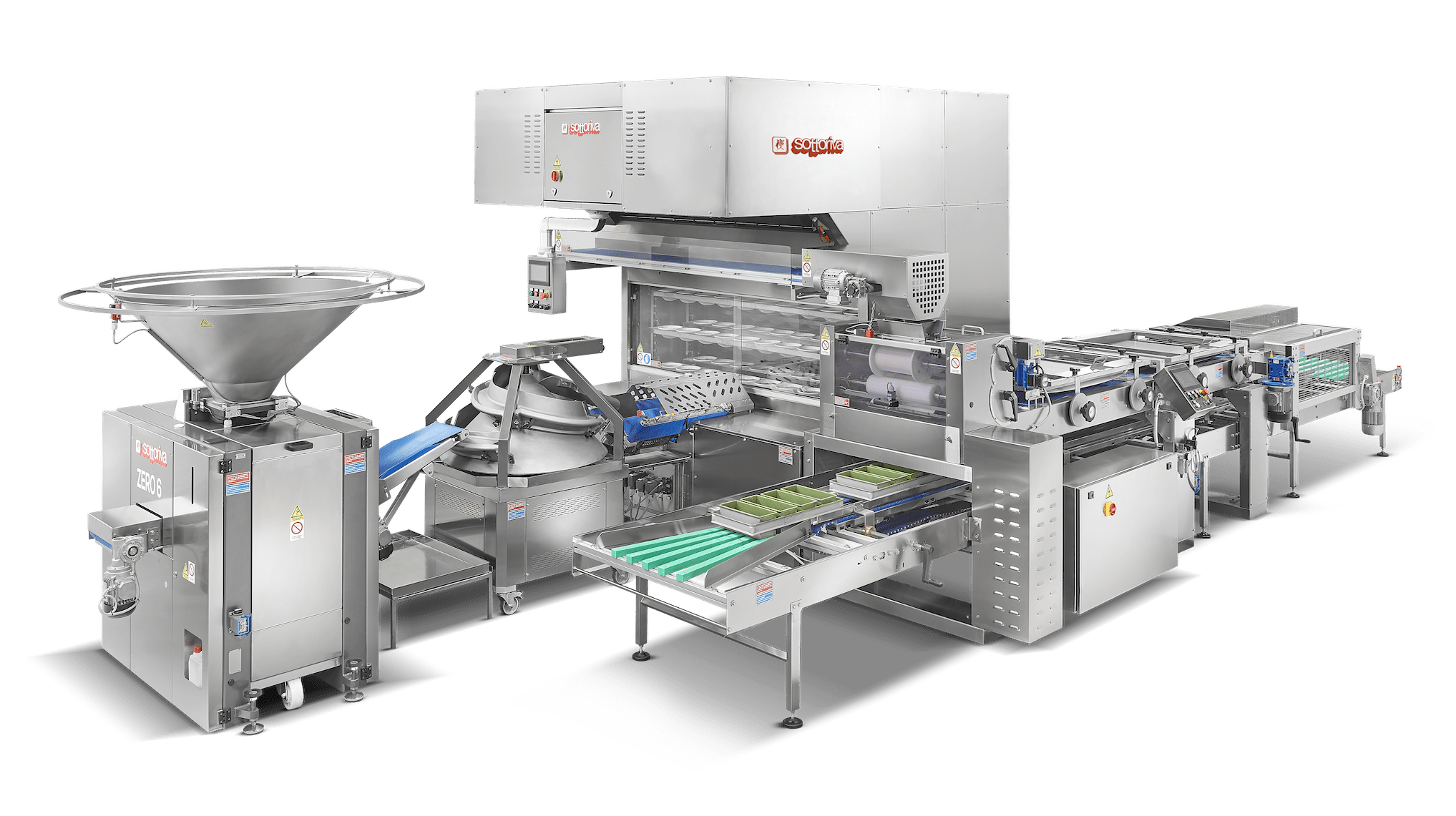INTEGRAL PROCESSING OF THE PRICKLY PEAR
Also known as cactus fruits or “sobbeir” in Arabic, it is a fruit native to Mexico and imported to the old continent in 1493 by the Spaniards who devastated the newly discovered new world. The increasing consumer request for new foods, which could satisfy the need for more nutritive value, convenience, and fresh-like properties, has brought the food industry to a big improvement in terms of technology and product. Cactus pear may be a valid raw material to obtain a vast number of new products, provided some technological problems will be overcome.
Cladodes
The cladodes (commonly called blades or, erroneously, leaves) are rich in a gelatinous substance against excessive coughing and against whooping cough. The presence of mucilage and pectin in the cladodes influences the viscosity of some products, such as powder preparations mixed with water or juice before consumption. They can also be extracted and used as thickeners in foodstuffs.


Fruit
Inside the fruit there is a very sweet, mucilaginous pulp with many bone seeds and in addition to being of excellent flavor it has antiseptic, emollient and laxative properties and has a proven ability to delay the growth of cancer cells. Both the blades and the fruits then contain vitamins A, B1, B2, B3 and C.
One of the first attempts to transform the prickly pear on a scientific basis was aimed at obtaining juices. The production of purees has been tested in Italy through the concentration of the juice up to a third of the initial volume and subsequent acidification with citric acid at pH 4.
The sensory analyses conducted have revealed positive results as regards the colour, the aroma and sweetness. This puree can be a good ingredient for the confectionery industry.
Studies on the functional properties of prickly pear fruits have been underway for about several years. Several components, in fact, can be extracted and used as additives in food preparations or in the cosmetic and pharmaceutical sectors.
In particular, the possibility of extracting coloring substances from fruits was explored. The purple-colored fruit varieties contain appreciable amounts of betalains, dyes widely used by the food industry.
Seeds
Their seeds considered as waste material during fruit processing can be used as industrial oil due to fatty acid compositions. The seeds represent about 15% of the edible part of the fruit and they have a variable oil content (on average, 9.8 g 100 g−1 of seed).
Prickly pear oil is not an essential oil. Instead, it’s commonly used as a carrier oil to dilute more potent essential oils, or simply on its own to boost skin health. With our modular and scalable integrated extraction systems, we can extract an oil with high commercial value.
We invite you to contact us, our technical staff will assist you to provide you with the most suitable solution for your needs.





